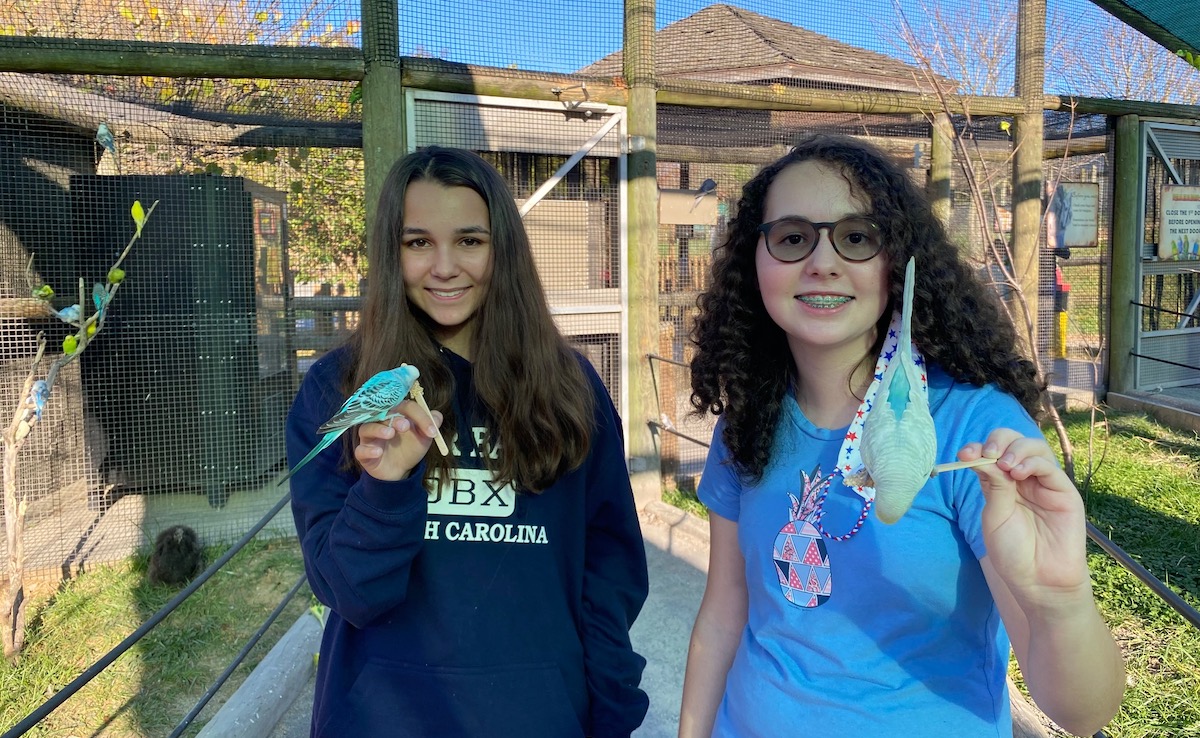When It Comes to Financial Literacy, Start Them Young

April is Financial Literacy Month, a time to raise awareness about financial education, especially in schools for children and teens. It’s an essential message for young people, and as a mom to two teenage girls, I can certainly attest to its importance.
Given my line of work, I suppose it should come as no surprise that instilling good financial habits had an early start in my household. No matter what happens, my girls will be confident with money. They’re smart, and they should be smart with finances too.
Here are a few key ways I’ve approached financial literacy with my kids.
Have Open Conversations About Money
I grew up knowing nothing about my parents’ finances, which has certainly inspired my financial behaviors as an adult.
I make sure to stay very open about finances with my daughters. They know how much I make, how much is in savings, how much is in our retirement plan. That might seem unusual to some families, but it’s so important to me to raise independent young women. I’m the primary breadwinner in my household, and I want them to see firsthand how to be financially secure and stable on their own.
Money is part of every day. So, keep it part of the daily discussion. The more taboo it feels, the more intimidating it becomes—and suddenly your children have lost out on years of approachable financial conversations that could have been preparing them for adulthood.
It’s Okay to Delay Gratification
I’m a big saver, and that’s always been part of the deal in our house. My daughters have known from an early age that money is a finite resource.
Admittedly, this wasn’t always a hit. Try being a kindergartner with friends who receive tons of presents at Christmas, while your mom has put some money toward tangible gifts… and some toward your savings account. It doesn’t have quite the same ring to it at age five! Fortunately, that schoolyard comparison dwindled over time, and they see the value of saving money for bigger items like experiences or college as they’ve gotten older.
In fact, my 14-year-old took her saving capabilities so far that I had to rethink my strategy. I set up 529 plans for both girls when they were little to save for college. To inspire their participation and help them see the benefits of saving, I would multiply any contribution of theirs by ten and add it to their account. So, a $1 deposit from my daughter would result in $10 from me. This worked until about age ten, and then I had to start matching their contributions instead—I would say that’s a good problem to have!
Life Insurance as a Fact of Life
My daughters are aware of how much life insurance my husband and I have, where the policies are, and who will take care of them if something happens to us. And, since the beginning of the pandemic, both of my kids have been covered with their own permanent life insurance policies.
Understandably, this brought up some questions from them: “Is it because you think I’m going to die?” I assured them that it’s not about the death benefit but so that they’re insurable for the rest of their lives. Just as with other financial topics, it’s about protecting them in every way I can.
The good news is it’s getting easier for people to talk about life insurance. According to Life Happens’ study “Life’s New Appreciations,” there was a 9% decrease for life insurance to be avoided at the dinner table in 2021 compared to 2020. And yet, it seems like life insurance is still an often-overlooked part of financial literacy for kids.
I get it—talking about death with young people can be uncomfortable and heavy. But I like to view life insurance as a way to make that necessary conversation a little more positive. Life insurance is a solution to make sure your loved ones are protected, and there is comfort in that for both the parent and the child.
Every parent owes it to their children to teach them. And that includes educating them about money. These financial details are part of the things within your power as a parent to set them up for success.
Some of my favorite resources for financial literacy for kids are:




